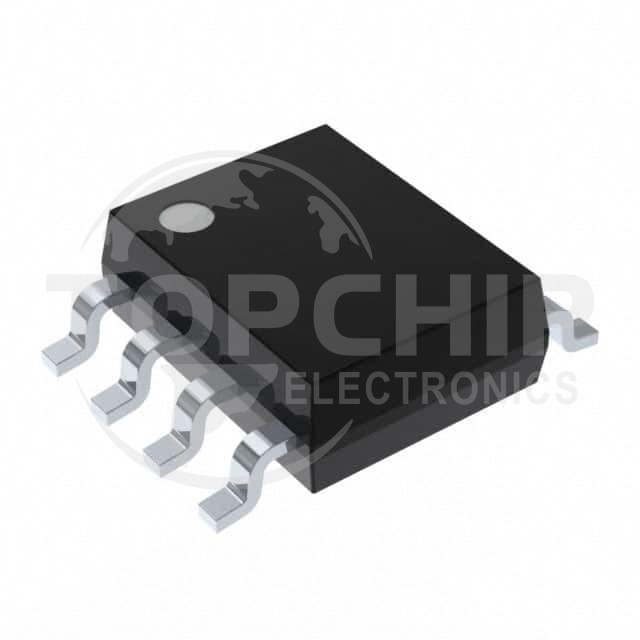In today's world, selecting the right microcontroller (MCU) is a critical decision when it comes to designing electronic circuits. Choosing the appropriate MCU can significantly enhance the performance and efficiency of a circuit while minimizing risks. In this article, we will discuss several considerations and recommended MCUs for making an informed microcontroller selection.

1. Define Requirements and Objectives
Firstly, it's essential to clearly define your project's requirements and objectives. Factors to consider during this stage include operating frequency, memory capacity, input/output (I/O) interfaces, and power consumption.
2. Choose Based on Performance Requirements
If performance is an important factor, consider the processing speed of the MCU. Faster MCUs can handle more tasks but may also consume more power.
3. Consider Power Consumption
For battery-operated devices, efficient power consumption is crucial. Some MCUs are designed specifically for low-power applications, ensuring longer battery life.
4. Analyze the Required Peripherals and I/Os
As projects vary in requirements, selecting an MCU with the right peripherals, such as timers, analog-to-digital converters (ADCs), and communication interfaces (UART, SPI, I2C), is critical. Additionally, ensure the microcontroller has an adequate number of general-purpose input/output (GPIO) pins for your project.
5. Evaluate Memory Capacity
An MCU's memory capacity affects code complexity and data storage capabilities. Evaluate how much flash memory (for code storage) and RAM (for data storage and processing) your project requires and select an MCU accordingly.
6. Choose the Right Architecture
There are two predominant MCU architectures: 8-bit, 16-bit, and 32-bit. Selecting the appropriate architecture based on your project's needs can have a noticeable impact on power consumption, processing capabilities, and cost.
7. Factor in the Development Environment and Tools
A user-friendly development environment is crucial for efficient coding and debugging. Popular MCU families often have comprehensive toolchains and integrated development environments (IDEs), making the design process seamless.
8. Consider Price and Availability
Factor in the cost of the selected MCU and its availability in the market. Some MCUs may be costly or challenging to obtain, impacting your project's budget and timeline.
Recommended MCUs for Different Types of Projects:
1. Budget-Friendly MCUs: For projects with limited budgets, consider the Atmel ATmega series or the Microchip PIC series. These MCUs offer good value for money and are widely available.
2. Low Power Consumption: For battery-operated projects, consider the Texas Instruments (TI) MSP430 or the STMicroelectronics STM32L series. These MCUs are specifically designed for low-power applications.
3. High Processing Power: When a project demands high processing power, consider ARM Cortex-M series microcontrollers or the STM32F series, which boast impressive processing capabilities.
4. IoT and Networking: For Internet of Things (IoT) and networking applications, the Espressif ESP32 or the Particle Photon are excellent choices, offering built-in Wi-Fi and Bluetooth capabilities.
In conclusion, selecting the right microcontroller for your project requires considering various factors such as performance, power consumption, peripherals, memory capacity, architecture, development environment, price, and availability. We hope this comprehensive guide helps you make an informed decision and ultimately improves the success of your electronic circuit designs.
Related product recommendationl:
- Embedded - CPLDs (Complex Programmable Logic Devices)
- Embedded - FPGAs (Field Programmable Gate Array)
- Embedded - FPGAs (Field Programmable Gate Array) with Microcontrollers
- Embedded - Microcontrollers
- Embedded - Microprocessors

